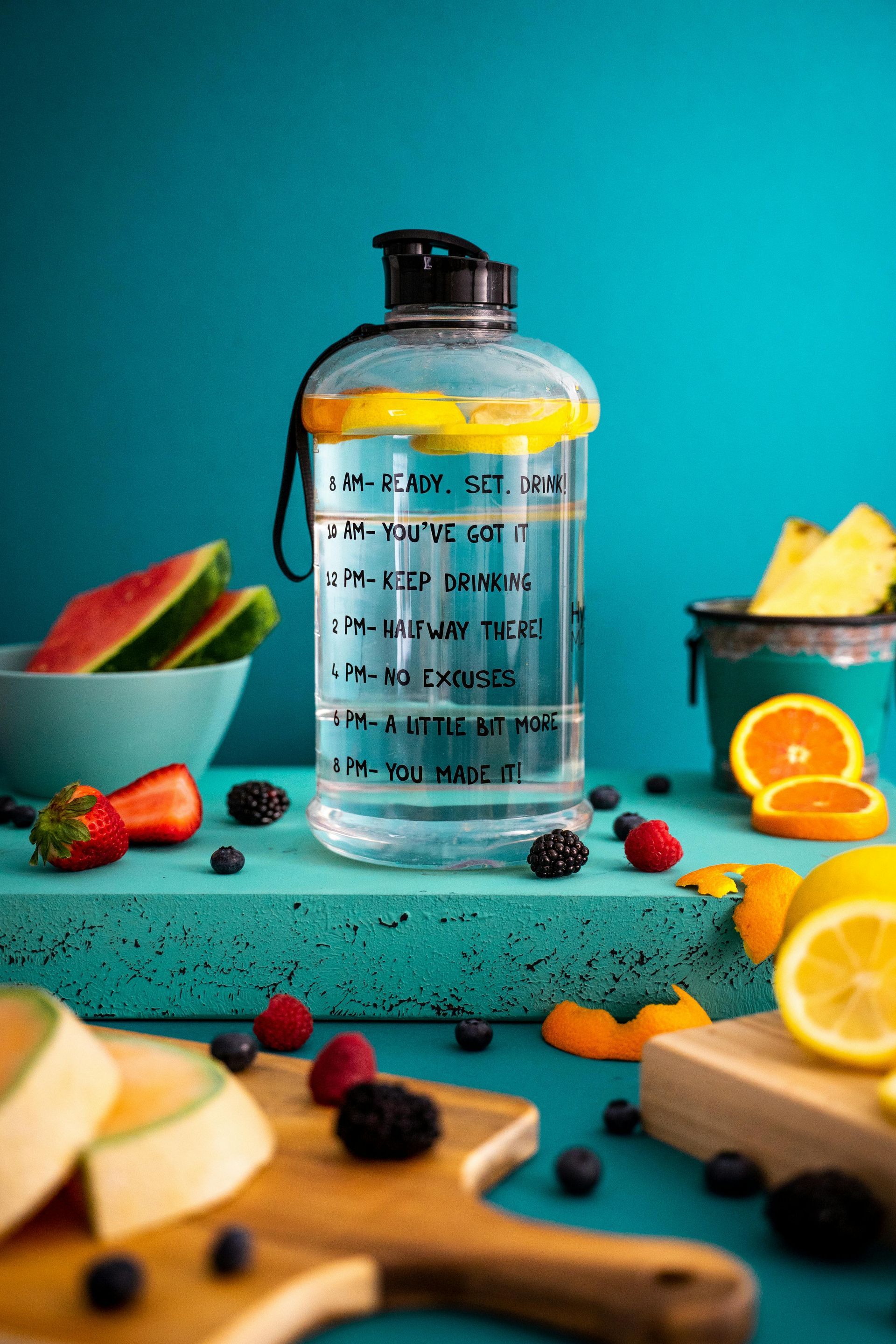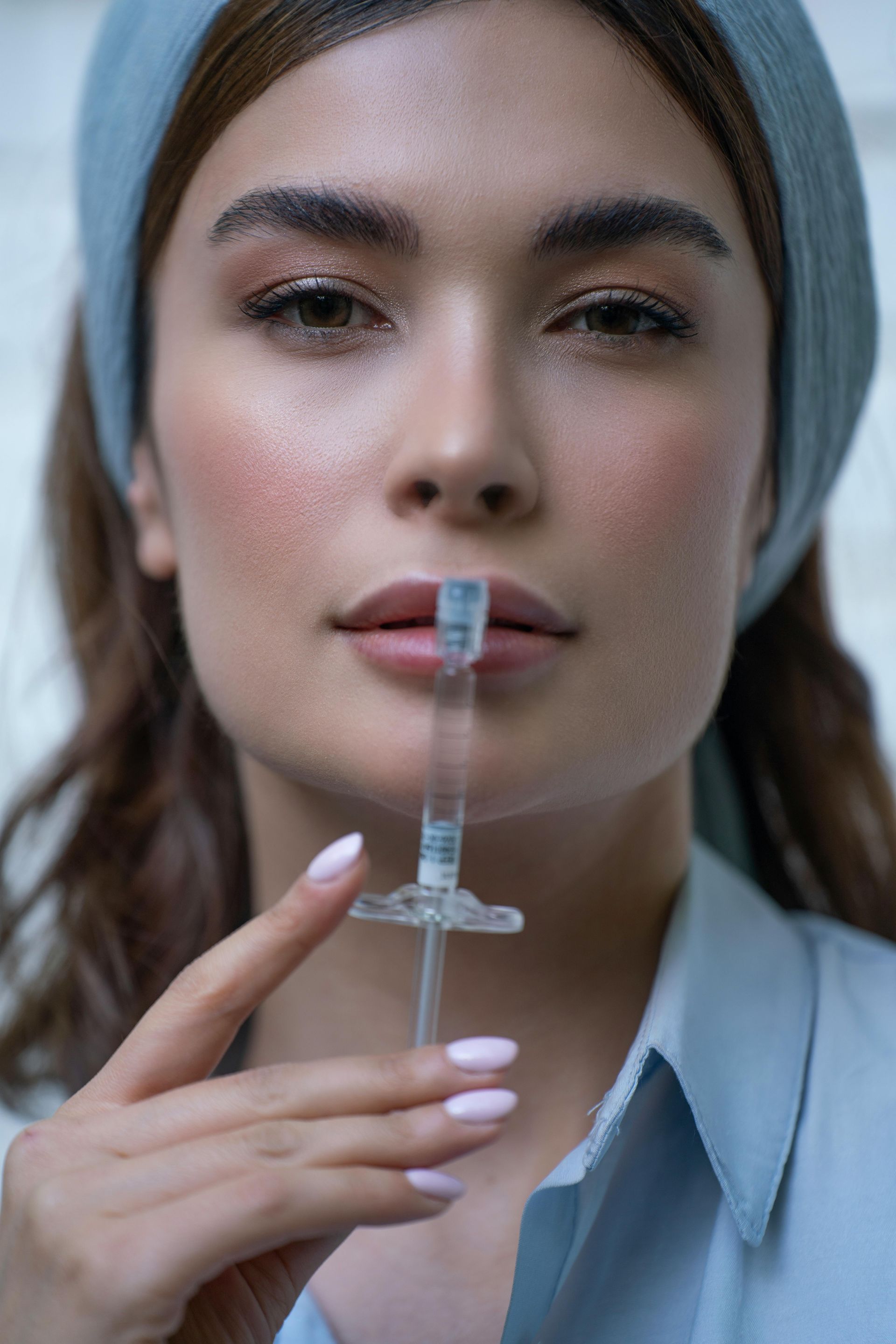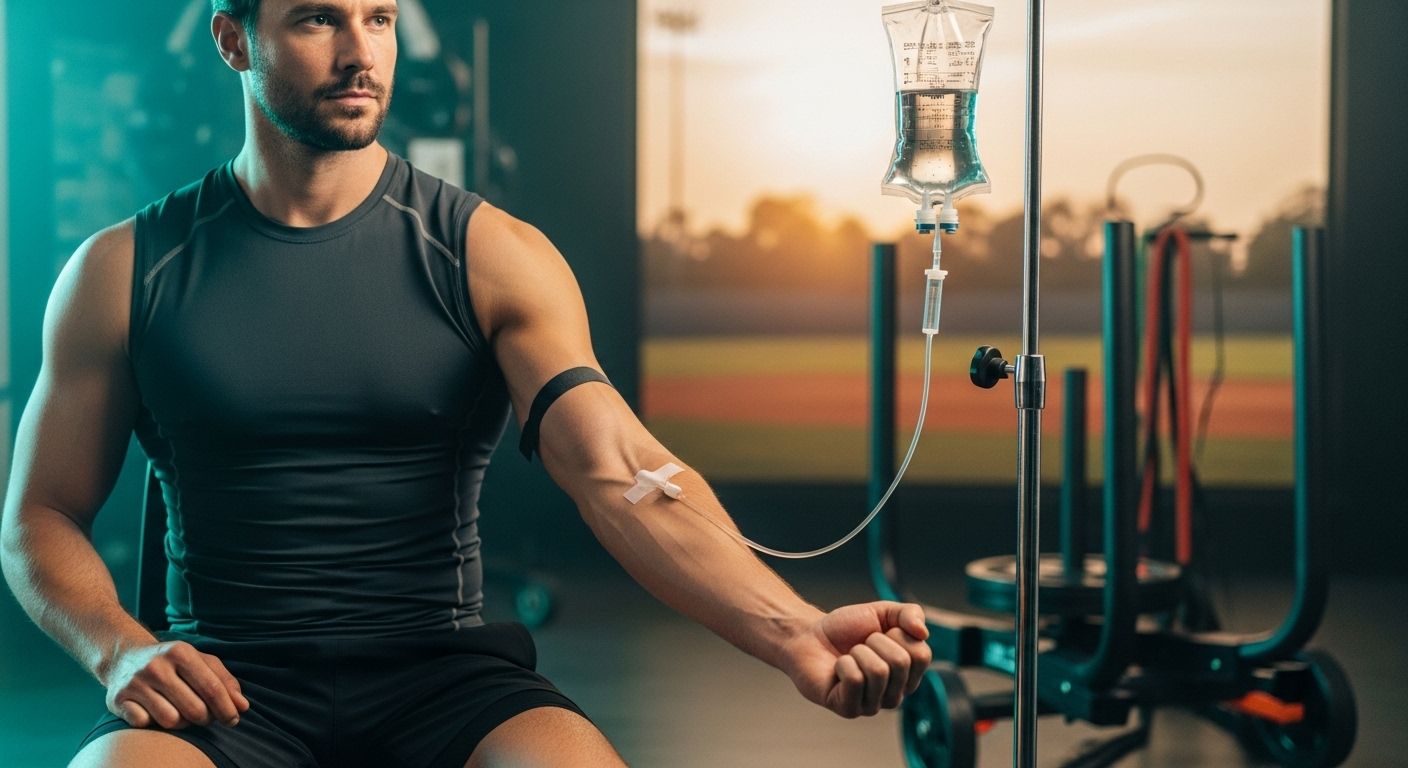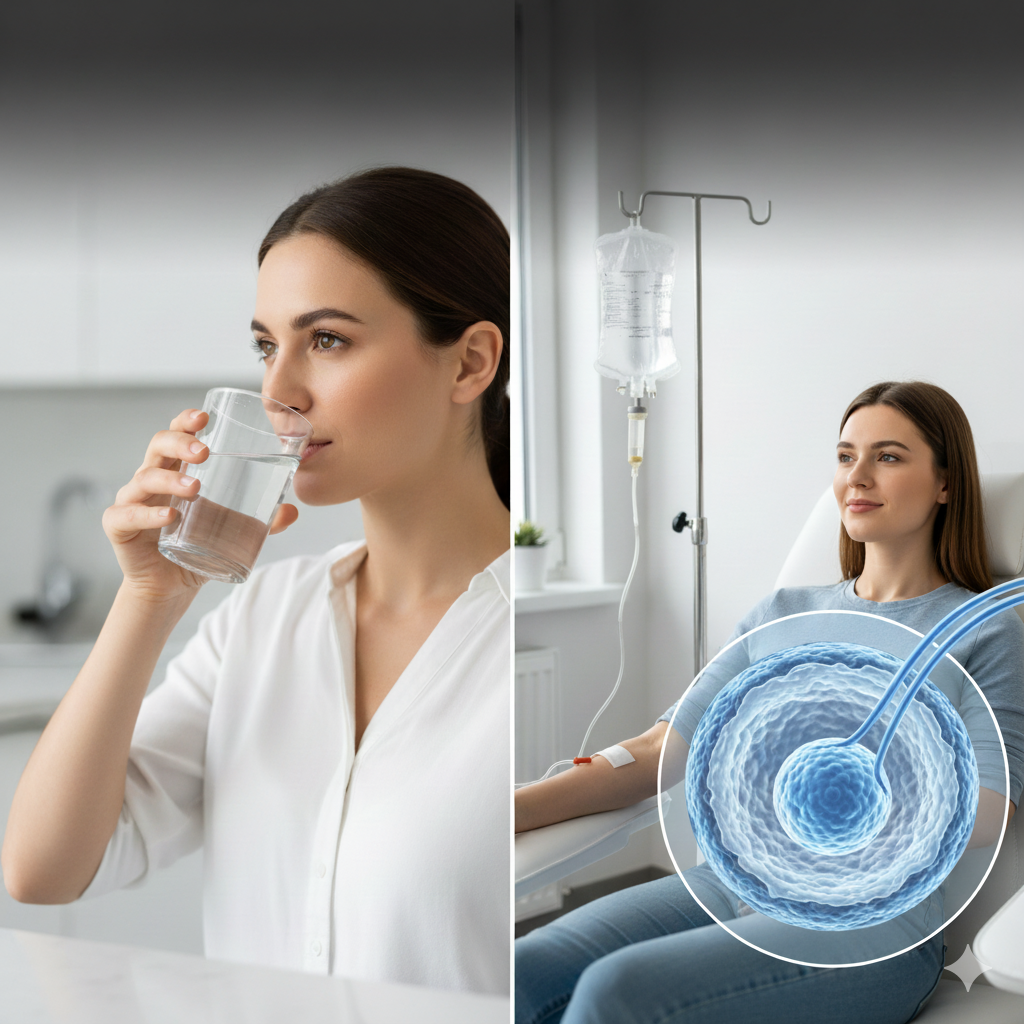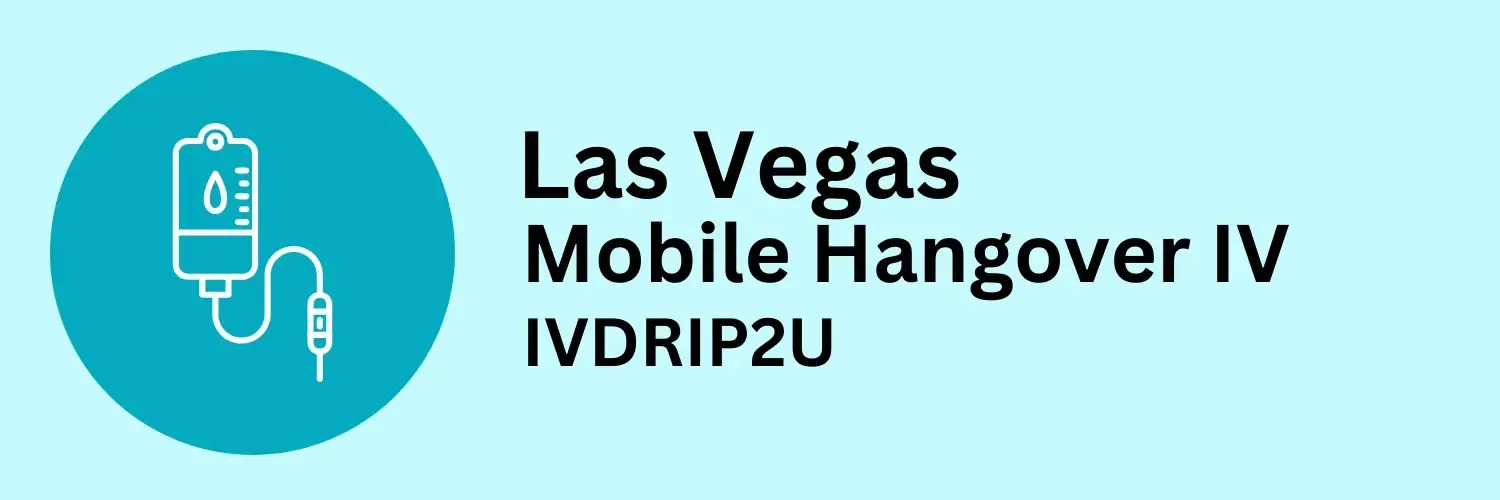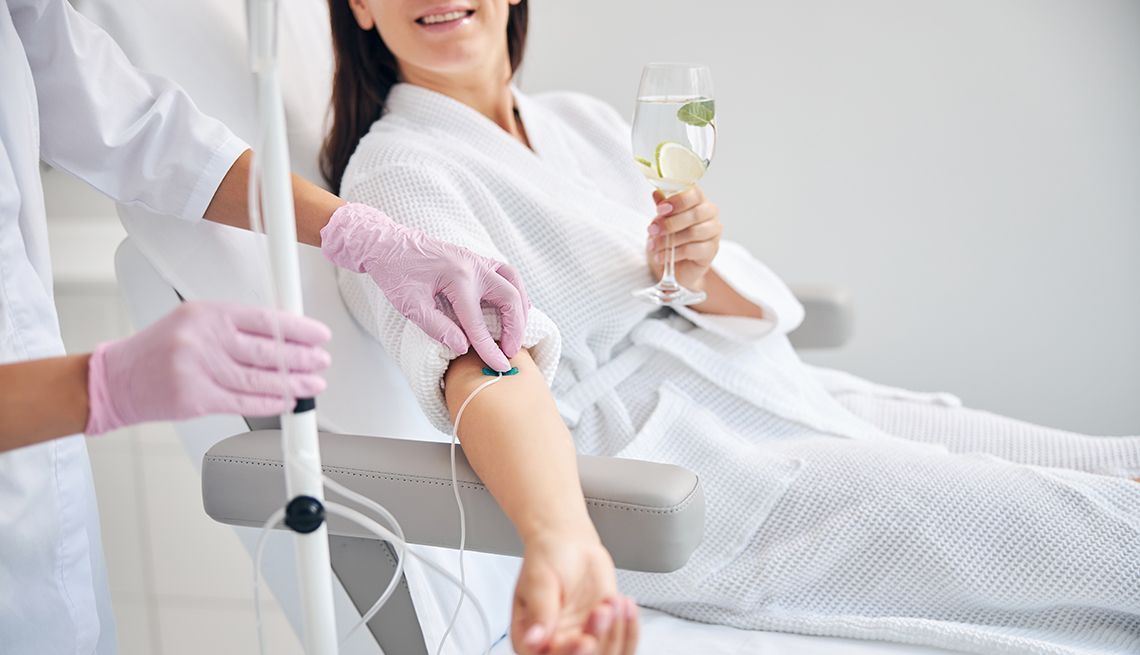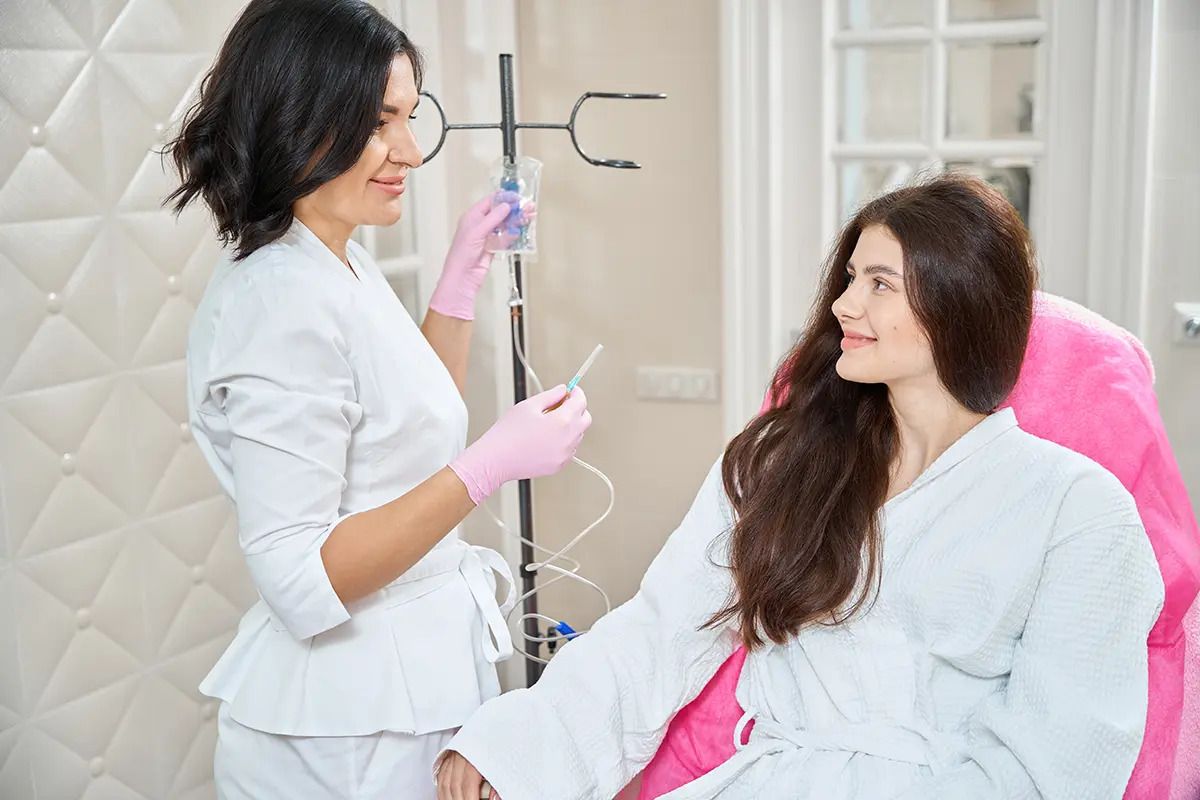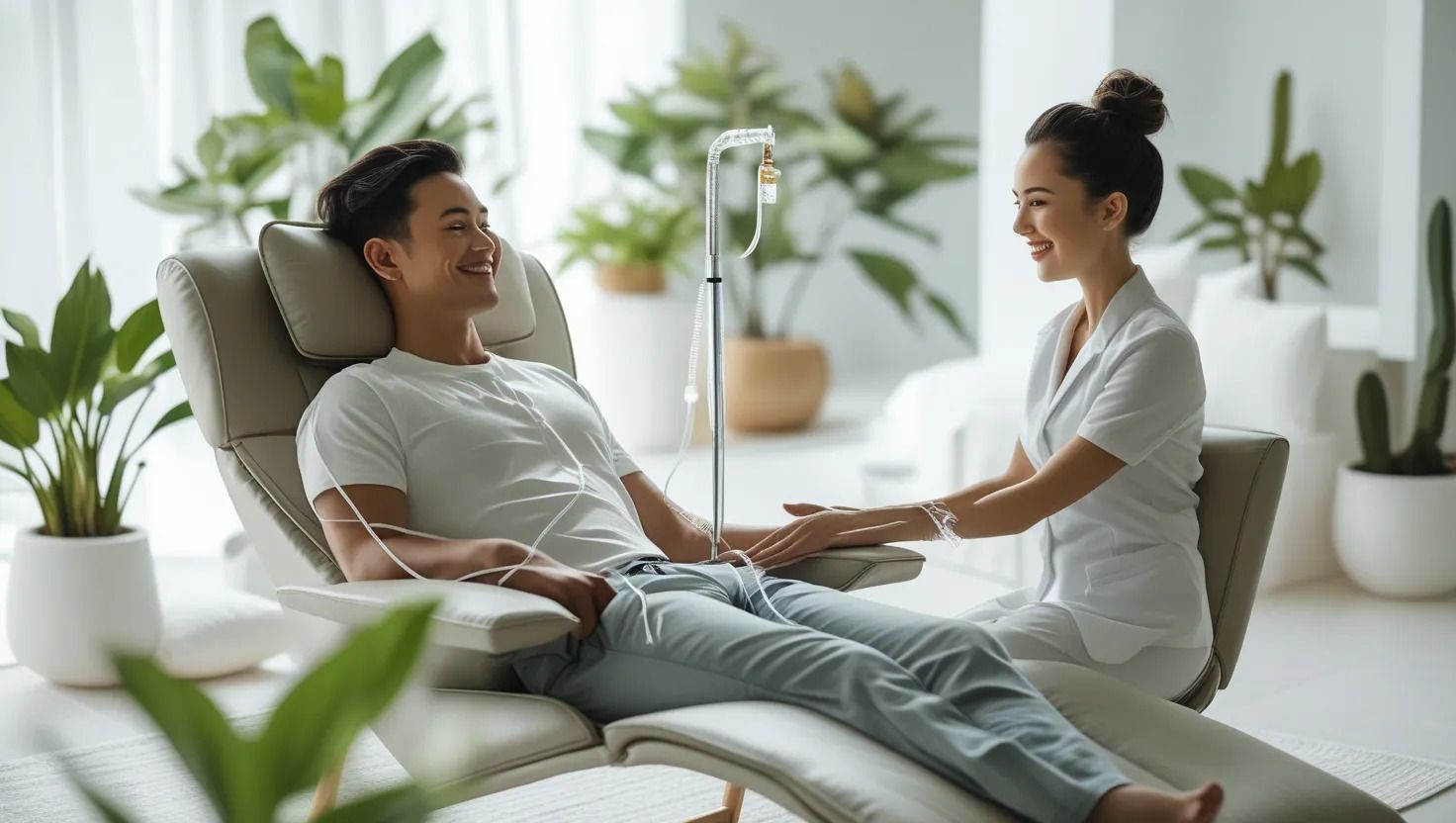Optimized Hydration and Recovery: IV Therapy for Today’s Athletes
Introduction to IV Therapy for Athletes
Staying ahead in sports is no longer just about practice and talent. Modern athletes are leveraging science to gain that extra edge — and IV therapy is leading the charge. Once reserved for hospital settings, intravenous hydration now helps athletes recover faster, perform longer, and feel better.
So what exactly is IV therapy? In simple terms, it’s a method of delivering fluids, vitamins, electrolytes, and nutrients directly into the bloodstream. For athletes, this can mean faster muscle recovery, increased stamina, and fewer injuries. With professional and recreational athletes alike turning to this method, IV therapy is now a staple in many sports performance regimens.
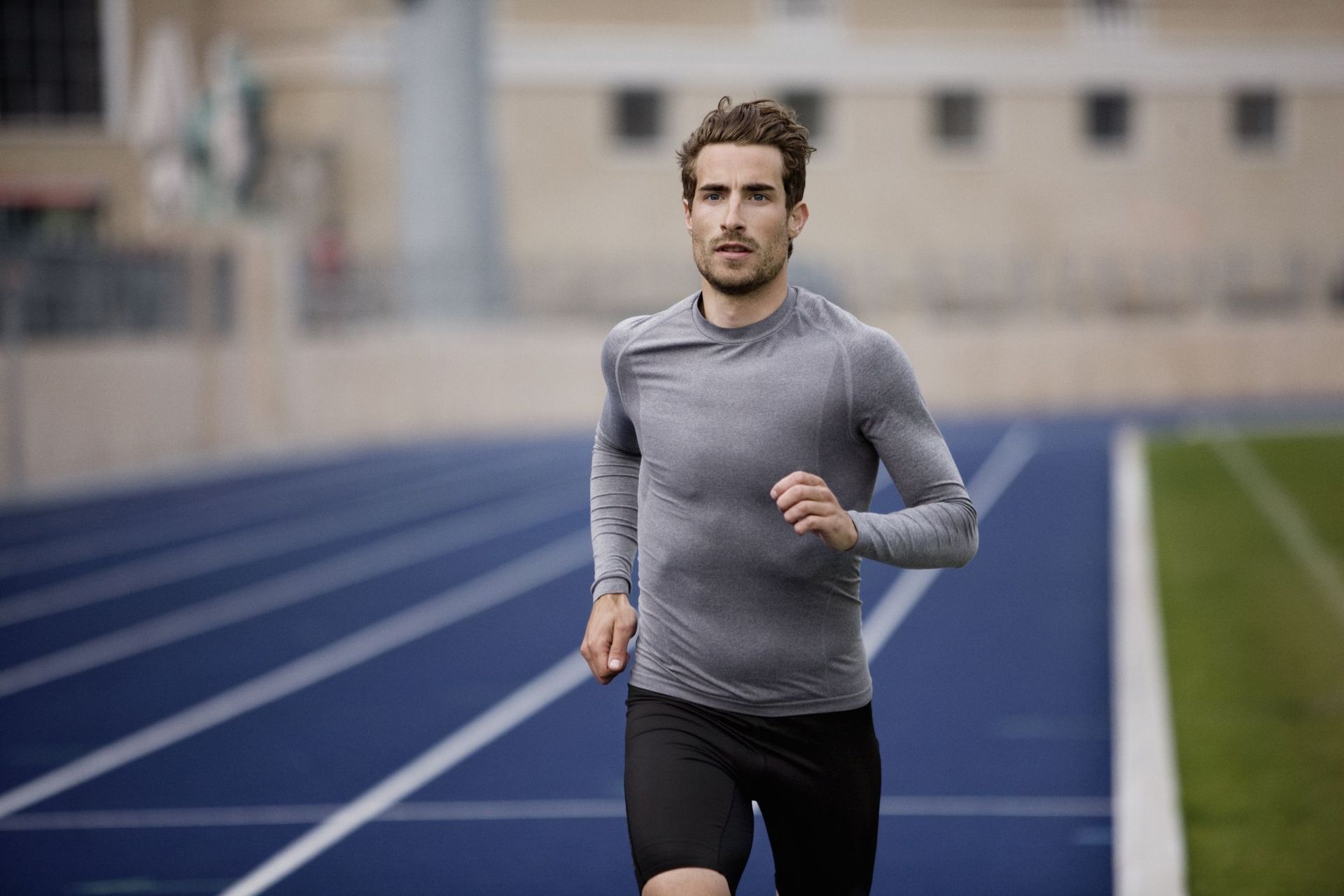
Hydration’s Role in Athletic Performance
Hydration does more than quench your thirst. It helps regulate body temperature, lubricate joints, and transport nutrients throughout the body — all essential for peak performance. When you're dehydrated, your physical output drops, and you become more prone to fatigue, cramps, and injury.
For endurance athletes or those training in hot environments, proper hydration can be the difference between finishing strong or tapping out. IV therapy ensures that hydration is optimized from the inside out, giving your muscles and organs immediate access to the fluids they need.
Why IV Therapy Over Traditional Hydration?
You might be wondering: why not just drink water or sports drinks?
While drinking fluids is necessary, they take time to absorb and may not replenish lost electrolytes quickly enough. IV therapy delivers hydration directly into the bloodstream, bypassing the digestive system. This allows your body to absorb up to 90% of nutrients immediately, compared to 50–60% via oral methods.
Athletes needing quick recovery post-match or during multi-day tournaments benefit tremendously from this rapid absorption.
Core Components of an IV Therapy Drip
Athletic IV drips aren’t one-size-fits-all. They’re designed with specific goals in mind. Common components include:
- Fluids: Restore lost water quickly after workouts or games.
- Electrolytes: Rebalance sodium, potassium, and magnesium levels to reduce cramping.
- B-Vitamins: Aid in energy metabolism.
- Vitamin C and Zinc: Boost immunity, especially after strenuous activity.
- Amino Acids: Help repair and build muscle tissue.
When tailored correctly, these blends support both performance and recovery with precision.
Types of IV Drips for Athletes
Athletes can choose from a variety of specialized IV drip formulas:
- Energy Boosting Drips: Infused with B-complex vitamins and amino acids to fight fatigue and support stamina.
- Post-Workout Recovery Blends: Contain electrolytes, anti-inflammatories, and antioxidants for muscle recovery.
- Immune Support Drips: Ideal during heavy training periods to ward off illness.
Each formula addresses a unique need, and they can often be adjusted based on individual health or performance goals.
IV Therapy Before vs. After Workouts
When should athletes consider IV hydration?
- Before Workouts: Pre-loading with hydration and nutrients can enhance endurance, mental focus, and overall performance.
- After Workouts: IV drips post-exercise help replenish lost fluids, reduce muscle soreness, and speed up recovery.
Depending on your training schedule, your needs may vary. Many athletes use a combination of both approaches.
Scientific Backing Behind IV Hydration
Studies show that intravenous rehydration can restore plasma volume, electrolyte levels, and hydration status faster than oral fluids. A 2021 study published in the Journal of Athletic Training found that athletes who received IV hydration recovered 30% faster from dehydration-related fatigue.
Furthermore, medical professionals now recognize IV therapy as a safe, effective option for both preventative and restorative treatment in athletic settings.
Real-World Examples and Success Stories
From NBA stars to UFC fighters, IV therapy has become a common sight in locker rooms and training camps.
Professional athletes often receive IV drips post-game to reduce muscle damage and inflammation. But the benefits aren't just for pros — amateur athletes and weekend warriors are seeing real improvements in endurance and recovery too.
One triathlete in Las Vegas shared how regular Mobile IV Drip Therapy helped cut her post-race recovery time in half.
Risks and Considerations
While generally safe, IV therapy isn’t for everyone. Possible side effects include:
- Minor bruising at injection site
- Allergic reactions (rare)
- Risk of overhydration if not monitored properly
That’s why it’s essential to use licensed providers and follow medically guided treatment plans.
Choosing the Right IV Therapy Provider
Before booking your appointment, ask:
- Are licensed medical professionals administering the therapy?
- Do they customize treatments based on individual needs?
- Are sterile, high-quality ingredients used?
Look for clinics that provide on-site or mobile services with a focus on athletic care. If you're in the Las Vegas area, Vegas Mobile Hangover IV offers expert services right at your door.
Mobile IV Therapy: Convenience for Athletes
Whether you're recovering from a marathon or prepping for a CrossFit event, Mobile IV Drip Therapy makes it easier than ever to get rehydrated. No need to visit a clinic — licensed professionals come to your home, hotel, or gym with everything needed for safe administration.
It’s discreet, fast, and perfect for athletes with busy schedules.
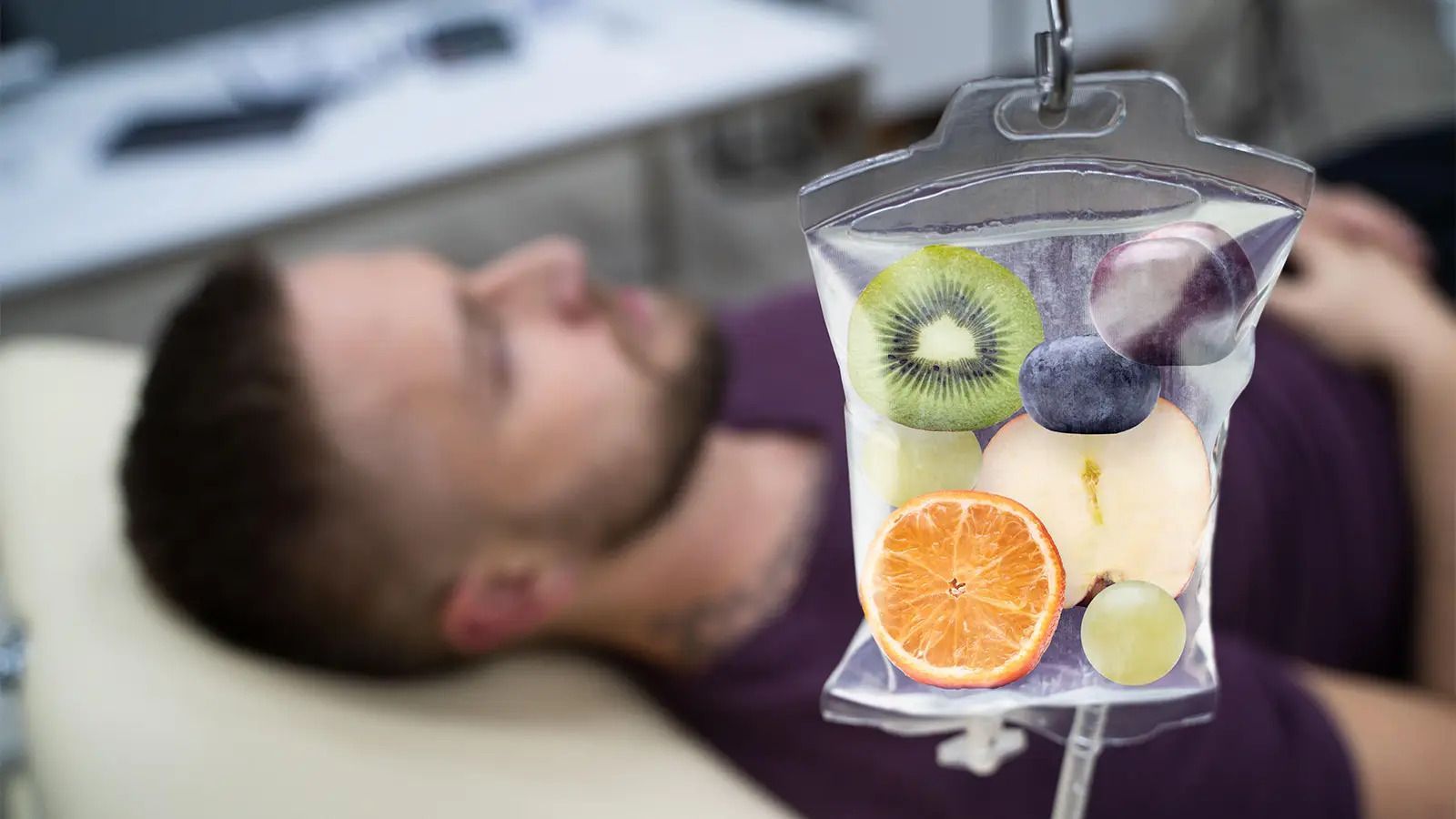
Cost of IV Therapy for Athletes
Prices can vary depending on the formula, location, and provider. Expect to pay between $150–$300 per session. Some athletes may require weekly or bi-weekly treatments during peak training seasons.
Considering the recovery time saved and the performance gains, many find the cost worth the investment.
Frequency and Scheduling
So, how often should you get IV therapy?
- Light Trainers: Once or twice a month may suffice.
- Competitive Athletes: Weekly sessions during intensive training.
- Post-Injury Recovery: More frequent drips to aid healing.
Always consult with a medical provider for personalized recommendations.
IV Therapy vs. Oral Supplements
While oral supplements have their place, IV therapy often outperforms them in terms of:
- Speed of absorption
- Higher bioavailability
- Reduced digestive stress
Many athletes use both, relying on IV therapy for immediate effects and supplements for long-term maintenance.
Customized IV Plans for Athletic Needs
One size doesn’t fit all. Custom IV therapy allows athletes to:
- Target specific deficiencies
- Support unique training goals
- Recover from intense events
A provider will typically assess your physical needs, training level, and performance metrics before building a plan.
IV Therapy for Injury Recovery
Injuries slow down progress — but IV therapy may help you bounce back faster. Some blends include anti-inflammatory agents like glutathione or magnesium sulfate that reduce swelling and promote healing. Athletes recovering from surgeries or muscle tears often use these as part of a rehab plan.
Legal and Ethical Considerations in Sports
Good news: IV therapy is generally allowed in sports, as long as it’s not used for doping purposes.
Organizations like WADA (World Anti-Doping Agency) allow IV infusions under specific guidelines, mainly when administered below 100ml per 12 hours unless medically justified.
Always check with your coach or league to ensure compliance.
Optimized Hydration and Recovery: IV Therapy for Today’s Athletes
Athletes are no longer guessing when it comes to hydration and recovery. IV therapy is a science-backed, practical tool that gives you faster absorption, better nutrient delivery, and personalized recovery — all while fitting into your active lifestyle.
From casual runners to elite performers, optimized hydration isn’t just a bonus — it’s a necessity.
Frequently Asked Questions
What are the side effects of IV hydration therapy?
Minor side effects include bruising, swelling at the injection site, or allergic reactions. Most people experience no issues when treated by professionals.
How quickly does IV therapy work?
Most athletes report feeling the effects within 30–60 minutes, with full benefits kicking in within hours.
Can I use IV therapy regularly as an athlete?
Yes, many athletes include it in their weekly routines, especially during intense training periods.
Is mobile IV therapy safe?
Yes, as long as it's administered by licensed professionals using sterile equipment. Mobile services follow the same standards as clinics.
Will IV therapy help me recover faster after intense workouts?
Absolutely. It helps replenish fluids, reduce inflammation, and support muscle repair — all crucial for quicker recovery.
What’s the difference between IV hydration and drinking water?
IV hydration offers quicker and more efficient absorption, especially after intense exertion when oral intake may not be enough.
Conclusion
IV therapy is no longer a luxury — it's a smart, efficient tool for any athlete aiming to stay hydrated, recover quickly, and outperform the competition. With customizable formulas and the convenience of Mobile IV Drip Therapy, there’s no excuse to let dehydration slow you down. Take control of your performance and recovery — one drip at a time.
Ready to experience it for yourself? Reach out to the team via their Contact Page and get started today.
Links
